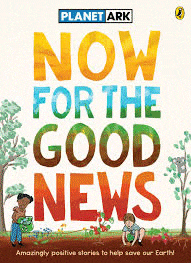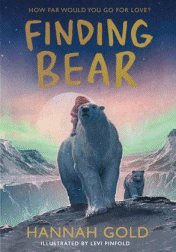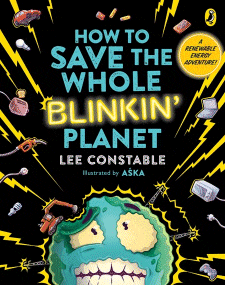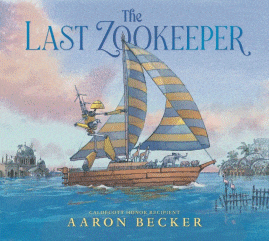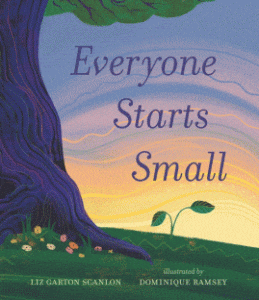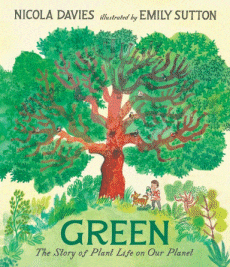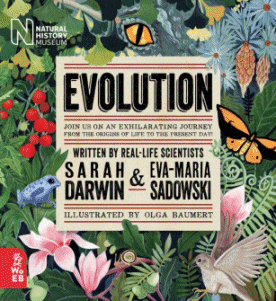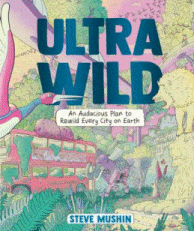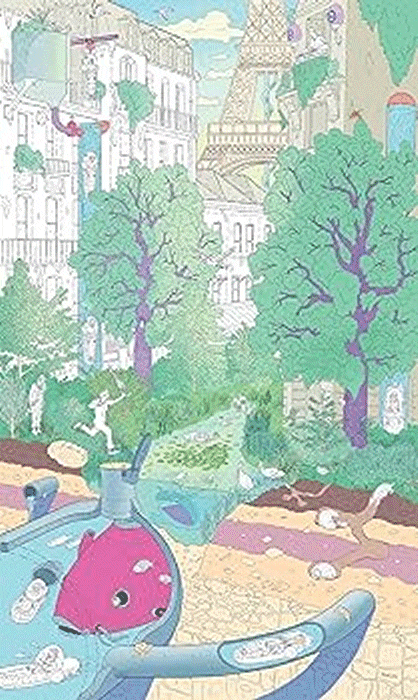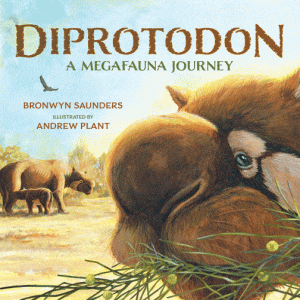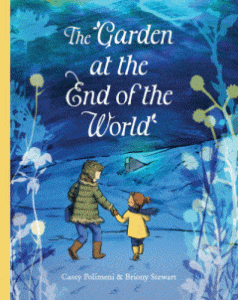
The Garden at the End of the World
The Garden at the End of the World
Cassy Polimeni
Briony Stewart
UQP, 2023
32pp., hbk., RRP $A24.99
9780702265693
In the forest at the end of their garden, Isla and her mother hunt for herbs, forage for fungi and listen to the trees. It is their peaceful and happy place. and they appreciate all that it gives them. One day, when Isla finds a beautiful and strange seed which she wants to keep, her mother tells her about the garden at the end of the world… “At the end of the world is an island covered in ice. On the island is a mountain. Inside the mountain is a vault. And inside the vault are millions of seeds…”
These are not magic seeds like those that grew Jack’s beanstalk, they are ordinary seeds collected from plants around the world but because of the cold of the environment, they are able to survive for hundreds of years ensuring that children of the future will be able to grown and eat the foods that already exist. There are seeds from all over the globe, from White Eagle corn from the Cherokee nation, to kangaroo grass from Australia, all being carefully stored and nurtured, safe from the impact and influence of the outside world. The concept sparks Isla’s imagination and so she carefully wraps her seeds in foil and she and her mother begin a life-changing journey to the Global Seed Vault in Norway.
Today’s children have an awareness of the state of the planet. climate change and its environmental future like no previous generation, and so this story provides not only information about this remarkable facility but also a beacon of hope. Despite the stories of doom and gloom that they hear every other day, and the discussions and investigations they have and do about climate change and conservation, here is proof that something significant is being done by those who can, and that is has potential for good for everyone. While much of their focus might be on preserving the world’s wildlife, without food there is nothing and so this shines a spotlight on protecting the vegetation – perhaps even inspiring some future botanists. Embedding both the information and the message in a story about a mother and daughter, rather than a facts-and-figures non fiction book, opens this initiative to a wider, younger audience who can build on what they now know generating both practical and philosophical change. Maybe it will be their children who benefit from the special seeds Isla delivers. Worthy of its status as a CBCA Notable Book of the Year, 2024.
